In the hustle and bustle of information, we often imagine modern newsrooms, fully equipped and staffed by professionals. But at the grassroots level, especially in remote districts, the picture is completely different. District reporters take on multiple roles: writing news, taking photos, filming and editing videos , reading radio news... Sometimes, right after filming, they have to rush back to edit clips in time, fix broken microphones, and weld tripods themselves.
Limited equipment, no support team, no separate editing room. The desk is also a recording studio, writing room, editing room and meeting room. Mr. Ngo Quyen (reporter of the Culture - Sports - Tourism and Broadcasting Center of Thoai Son district) confided: "Reporters in the district, write articles, film, edit clips, read news... very versatile. Every time we see our news shared and encouraged by the people, we feel all the hard work is worth it."
Grassroots reporters do not write about big things or sensational events. Instead, they tell about farmers donating land and money to build rural bridges; they accompany volunteer groups and teams to build roads and houses for poor households; they follow commune officials to go from alley to alley, knock on each door to promote vaccination, prevent and fight epidemics, and promote new rural construction...
Local reporters - keepers of the local information flow
In each of these stories, the homeland appears not only more beautiful but also imbued with human love. Their articles, whether posted on the district website or broadcast via local FM, are still shared thousands of times on social networks - because the local people themselves feel the close, authentic breath of life in their hometown. That is the reason why these journalistic products easily touch the hearts of readers and listeners.
Ms. Cam Nang (13 years as a reporter for the Culture - Sports - Tourism and Broadcasting Center of Thoai Son district) shared: “Journalism helps me understand and love my hometown more deeply. Every time I go to the field and interact with the people, I see how diverse and rich life is. Seeing positive changes in every alley, every person through the news and articles I produce is the greatest happiness. On the occasion of 100 years of Vietnam Revolutionary Journalism, I just hope that grassroots journalists will continue to be listened to and supported - so that we can continue to tell beautiful stories from our hometown.”
Chairman of the Women's Union of Thoai Son District, Duong Triet Minh, commented: "The reporters in the district are very dedicated, accompanying the departments, branches, fronts and political organizations of the district and localities in all aspects. Although working in difficult conditions, lacking in facilities and equipment, with a sense of responsibility and love for the profession, they have recorded the breath of life, bringing authentic and vivid information."
According to the administrative unit arrangement roadmap, from July 1, 2025, Vietnam will no longer have a district level, only provincial and commune levels. This raises a big question about the future of district-level media agencies, especially the radio reporters - who have long been an important information bridge between the government and the people at the grassroots level. Previously, district-level radio stations played a leading role in managing and operating the district-wide radio system, from broadcasting content to equipment management. When the district level no longer exists, this model will change. However, this is also an opportunity to enhance the role of grassroots media. When the district level no longer exists, commune-level media will become even more important in conveying information directly to the people.
SONG MINH
Source: https://baoangiang.com.vn/tieng-noi-que-huong-qua-lang-kinh-phong-vien-co-so-a422805.html


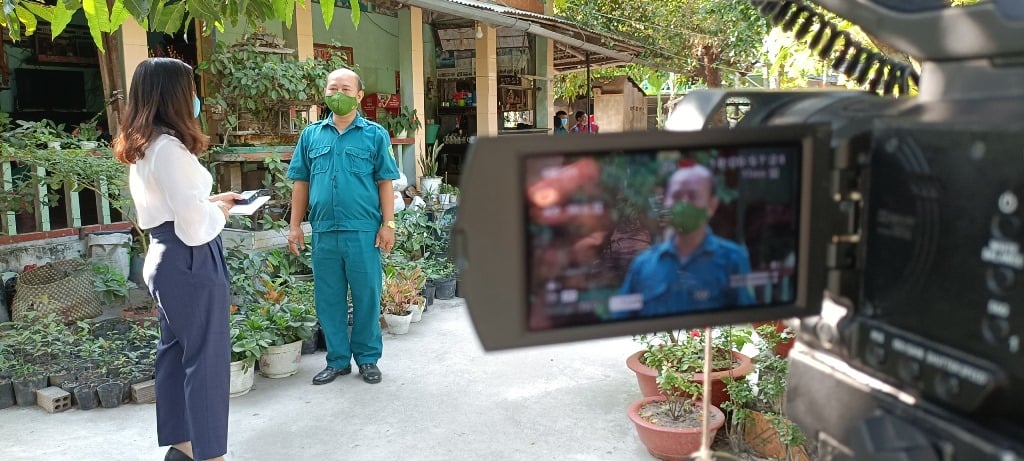






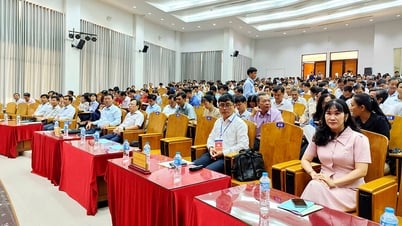
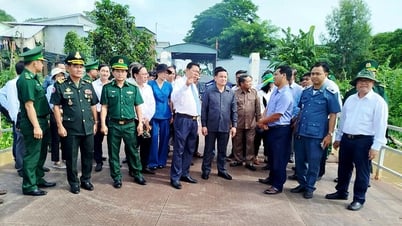
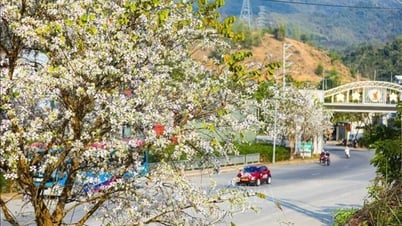

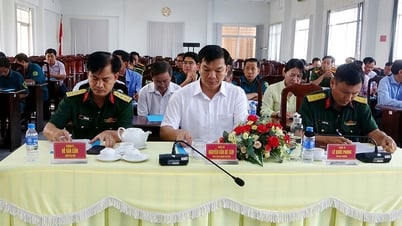
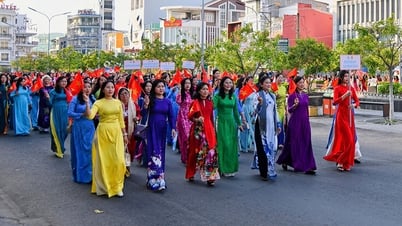
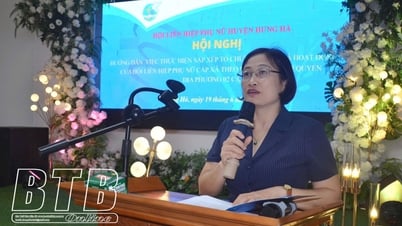

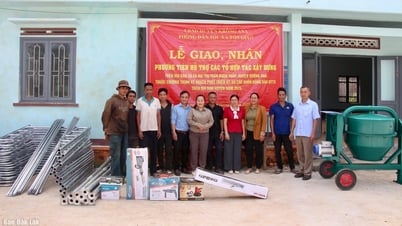



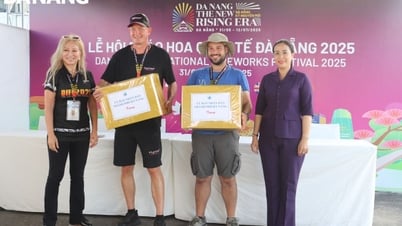



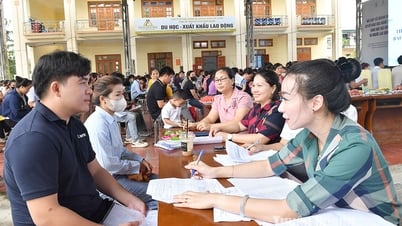





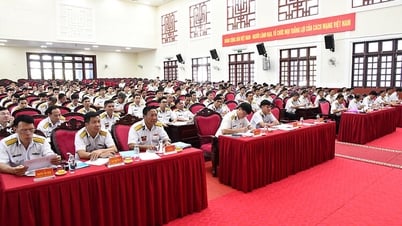
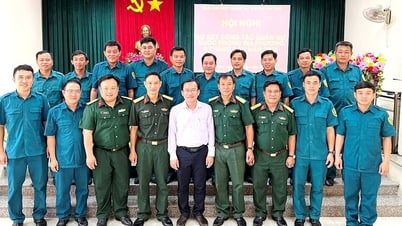
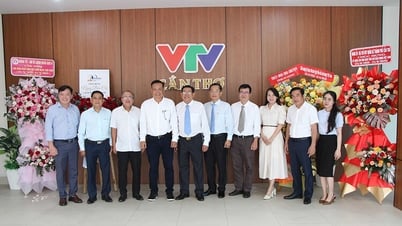
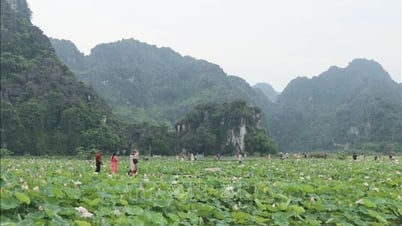
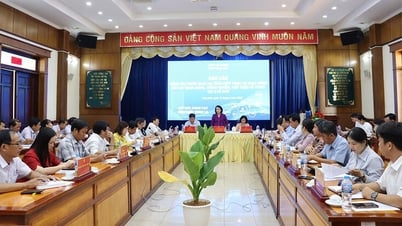
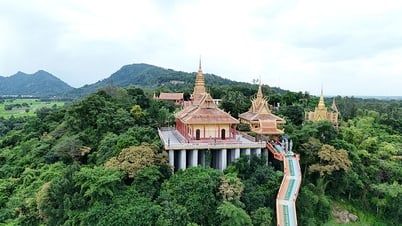























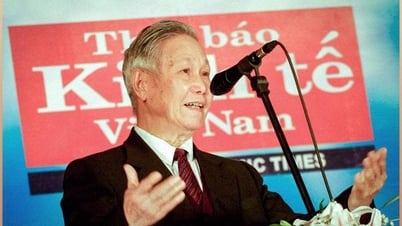












































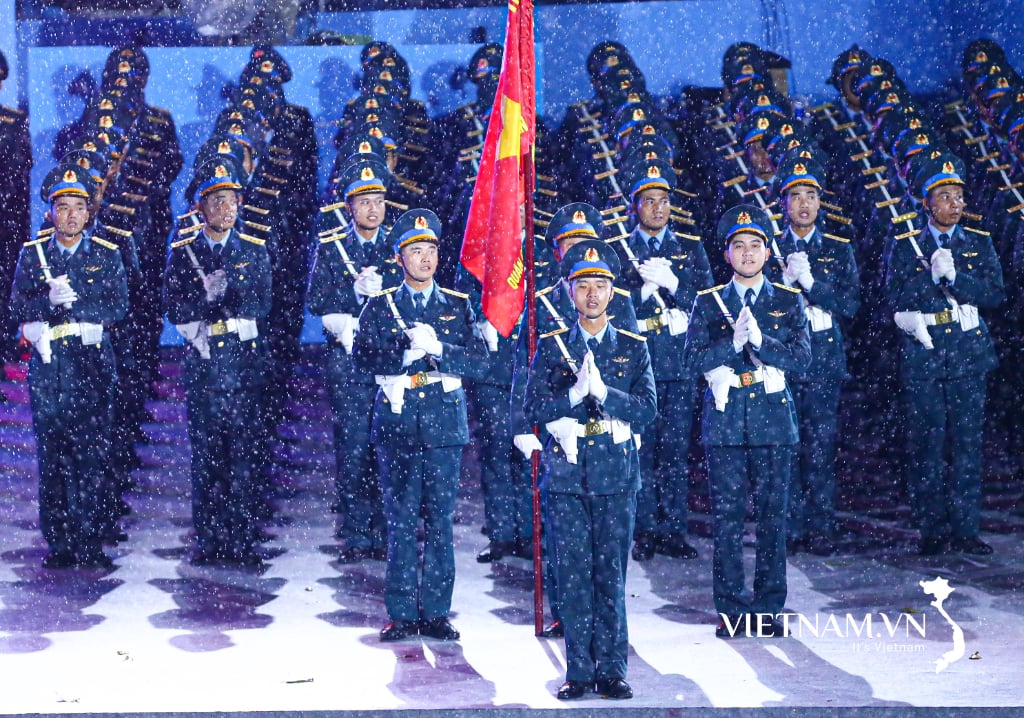

Comment (0)